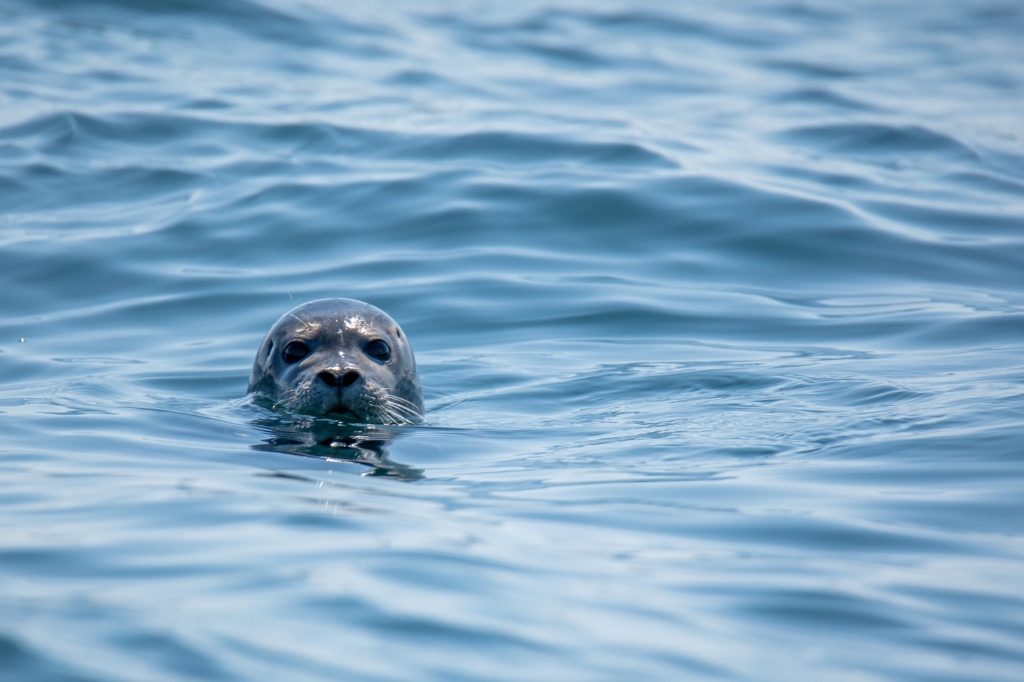I’ve been thinking lately about what work is helpful towards the movement out of patriarchy to consent-based, self-direction. In listening to the thoughts of other activists and changemakers, and observing life including my own, it’s brought me to thoughts about the freedoms and liberation that we have, and how we use or don’t use that space.
There is one type of activism in this work, that looks like ‘shifting the goal posts’ in a way. It’s about making structural changes to systems and institutions, that creates more space for freedom of choice and broader rang of experience. So for example, in the education system, if you change the assessment process at the end by opening it up to things other than just exam results, you create the possibility and opportunity for different experiences in the lead up to that point. If you expand what is available on a curriculum, ie give people more choice about what and how they study, then you increase the possibility that people can make different choices or choices that are better for them and more aligned with their interests.
This is of course really important in making it possible for something different to occur than what is possible with greater restriction. You need to move these things to create space for difference.
However, just moving these things isn’t enough. When people have been conditioned in a certain way, within certain limits, expectations, beliefs, within a certain story of success and failure, just moving the goalposts isn’t enough to create the change that we want to see. Even with more space and options, it’s likely that people will still act and behave within what is ‘known’ and within the culture in which they have been immersed to that point.
Therefore, even once you have opened up more space, there is a need for new cultural experience, stories and learning, to help people make use of that space, that freedom, that increase in choice that is available. You would think that a basic human drive and need for agency, autonomy and freedom would just rush into that new space and be happy and make the most of it, and in some cases that might be what does occur, but for the majority I would say it does not.
Many people need to see things being modelled to develop their own confidence to explore the previously unknown. They need to see someone ‘jump’ before they are willing to jump themselves. So just opening up the space for the jumping isn’t enough without the support to enable folks to take that opportunity. For more info on this, check out this video.
This is true in personal life as well as in changing institutions. Having more freedom theoretically, doesn’t necessarily translate to a greater use of that freedom in personal choices and actions, or awareness of that liberated space in felt and embodied sense. For some it does – but for many it doesn’t. For many people, a lot of fear and uncertainty remains, residual from past oppression and limitations, fear that feels very real and current, that there is a threat looming over their exploration of their own freedom, that keeps people in their cages long after they have been given a key to open the door.
That fear may well be justified – in exploring our freedom and liberation there is of course risk. Risk of failures, dead ends, risk of change. There is a sense of safety in sticking with what is known, even if that is a cage. A sense of self-protection that comes with never picking up our own potential freedom, instead staying limited but feeling more in control. The reaction of others can be diminishing to our confidence and will to thrive in our liberation and spaces of freedom.
I once heard a story about seals that were living in an aquarium in Scotland. Their pen was on the edge of the North Sea, so there was a wall in the sea that they stayed within, but just on the other side was the full North Sea. One time there was a big storm, and the waves were so high, that they went over this wall, and the seals were able to swim out into the sea, off and away. Only they didn’t swim away. Later on, the aquarium keepers found the seals, back at the wall, wanting to come back into their enclosure. I imagine they were hungry. They didn’t know what to do with the sea in any case. They wanted to come ‘home’ to their pen. Wild animals raised in captivity or who experience captivity for a while usually need a reintegration process, and careful handling to successfully be able to survive in the wild lives they were born to live.
To get the most of the freedom and liberation we already have, and the freedom and liberation we want, to be able to explore that fully and make the most of it in this life that we have – to live in integrity and express our full selves, we may need to skill up. Take it on as an active challenge to be in that space, challenge ourselves, push ourselves a bit, understand that it might be a discipline to persist in exploring the liberation we already have, let alone what might be to come when goal posts move. What might we need to learn to make the most of that space and opportunity? To be more free, self-directed, to be more in our own experience of consent? What might we need to know? Is there more space for this in your life already than you think, that is yet to be fully explored? In your pocket do you have a key to the lock, maybe the door is already wide open…
